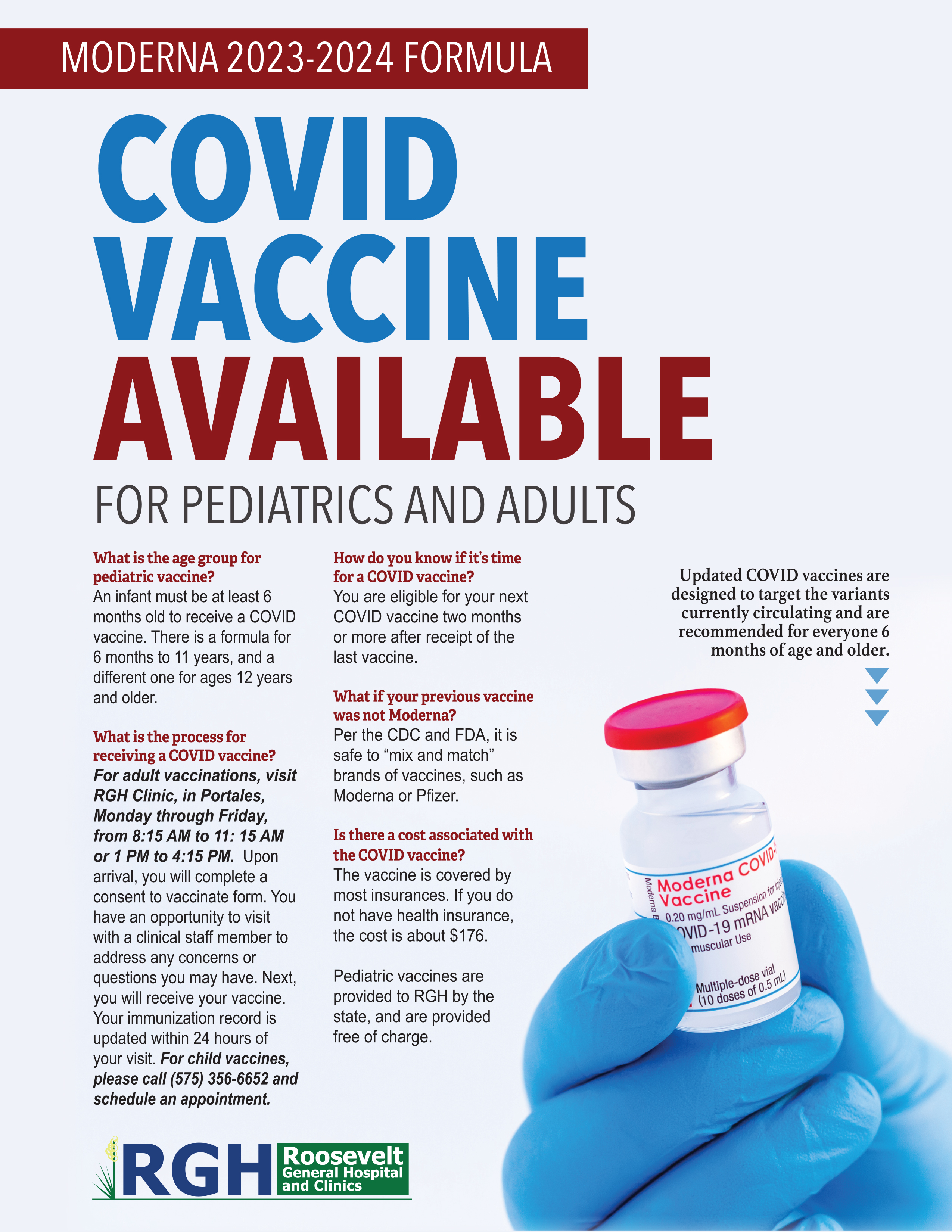WHEAT: The outlook for 2020/21 U.S. wheat this month is for stable supplies, higher
domestic use, unchanged exports, and reduced ending stocks. Domestic use is raised,
primarily on higher food use, which is increased 5 million bushels to 965 million, up from 962
million for 2019/20. This increase is based mainly on the NASS Flour Milling Products
report, which indicated higher food use for the early part of the marketing year than
previously estimated. All wheat exports and imports are unchanged this month but there
were offsetting by-class changes for both exports and imports. Projected 2020/21 ending
stocks are reduced 6 million bushels to 877 million, down 15 percent from last year. The
season-average farm price is unchanged at $4.70 per bushel.
The 2020/21 global wheat outlook is for larger supplies, increased consumption, higher
exports, and reduced stocks. Supplies are raised 0.7 million tons to 1,073.1 million as higher
beginning stocks offset lower global production, which remains at a record. Most of this
month’s production decrease is for Argentina, where production is lowered 1.0 million tons to
18.0 million. The lingering impacts of drought and local freeze damage have caused
Argentina’s forecast yield to be the lowest in eight years. World consumption is increased
1.7 million tons to 752.7 million, mainly on higher feed and residual use for China and the
EU. Projected 2020/21 global trade is raised 0.9 million tons to 190.8 million on higher
exports for Russia and the EU more than offsetting lower Argentina exports. Increases in
imports are led by China, Pakistan, and Turkey. China’s import pace continues to be robust
and at 8.0 million tons, imports would be the largest since 1995/96. Projected 2020/21 world
ending stocks are lowered 1.0 million tons to 320.5 million but remain record high.
COARSE GRAINS: This month’s 2020/21 U.S. corn outlook is for lower production, reduced
feed and residual use, larger exports, and smaller ending stocks. Corn production is forecast
at 14.507 billion bushels, down 215 million with a reduction in yield to 175.8 bushels per
acre. Corn exports are raised 325 million bushels to 2.650 billion, which if realized would be
record high. Projected feed and residual use is lowered 75 million bushels based on a
smaller crop and higher expected prices. With supply falling and use increasing, corn ending
stocks for 2020/21 are down 465 million bushels to 1.7 billion, which if realized would be the
lowest since 2013/14. The corn price is raised 40 cents to $4.00 per bushel.
Global coarse grain production for 2020/21 is forecast down 11.1 million tons to 1,447.8
million. The 2020/21 foreign coarse grain outlook is for lower production, virtually unchanged
use, and greater stocks relative to last month. Foreign corn production is forecast lower with
reductions for Ukraine, the EU, Russia, and Moldova more than offsetting increases for
South Africa and Laos. For Ukraine, the projected corn yield is lowered based on continued
poor harvest results to date and if realized would be the lowest since 2012/13.
WASDE-606-2
Major global coarse grain trade changes for 2020/21 include larger corn exports for the
United States, Turkey, and South Africa, with mostly offsetting reductions for Ukraine and
Russia. Corn imports are raised for China and South Korea, but lowered for the EU, Mexico,
and Iran. For China, while the National Development and Reform Commission has not made
any public statements indicating additional corn import quota has been allocated, shipment
data for exporting countries through early November indicates they will exceed their tariff rate
quota level of 7.2 million tons. Barley exports are raised for the EU, with higher imports
forecast for China. Total coarse grain imports for China are forecast to reach a record 26
million tons, just above the previous high of 25.7 million reached during 2014/15.
Foreign corn ending stocks for 2020/21 are higher, mostly reflecting increases for China and
South Africa that are partly offset by reductions for the EU and Russia. Global corn ending
stocks, at 291.4 million tons, are down 9.0 million from last month.
RICE: The outlook for 2020/21 U.S. rice this month is for decreased supplies, unchanged
domestic use, lower exports, and higher ending stocks. Supplies are lowered as NASS
decreased the all rice production forecast by 0.2 million cwt to 226.1 million, all on lower
yields. The all rice yield is forecast at 7,560 pounds per acre, down 7 pounds from the
previous forecast. Exports are reduced by 2.0 million cwt to 97.0 million on the slow pace of
sales and shipments in the early part of the marketing year (MY) with all the reduction for
long-grain. Projected 2020/21 all rice ending stocks are raised 1.8 million cwt to 49.5 million,
up 72 percent from last year. The projected 2020/21 all rice season-average farm price is
raised $0.10 per cwt to $12.90 with increases in both the long-grain and medium- and shortgrain prices. These increases are based on NASS prices reported to date and price
expectations for the remainder of the MY.
The 2020/21 global outlook is for higher supplies, lower consumption, trade nearly
unchanged, and increased stocks. Rice supplies are raised 0.4 million tons to 679.0 million,
primarily on increased beginning stocks for Iraq, Bangladesh, and Vietnam. World
production for 2020/21 is lowered 0.4 million tons to 501.1 million, mainly on a reduction for
Bangladesh due to damaging floods, but global production remains a record. Global 2020/21
consumption is lowered fractionally but remains a record at 499.2 million tons as reductions
for Bangladesh and Cambodia are partially offset by China. World trade is virtually
unchanged at 44.3 million tons as lower exports for China and the United States are almost
offset by higher exports by Turkey and Cambodia. Projected 2020/21 world ending stocks
are raised 0.6 million tons to a record 179.8 million with China and India accounting for 65
and 17 percent of the total, respectively.
OILSEEDS: The U.S. soybean outlook for 2020/21 is for lower production and ending
stocks. Soybean production is forecast at 4.17 billion bushels, down 98 million on lower
yields. Lower yields are reported for several major producing states, including Illinois, Iowa,
Indiana, Ohio, and Nebraska. With reduced production, soybean ending stocks are projected
at 190 million bushels, down 100 million from last month. If realized, soybean ending stocks
would be at the lowest level in the past seven years.
Soybean and product prices for 2020/21 are all higher this month. The U.S. season-average
soybean price for 2020/21 is forecast at $10.40 per bushel, up 60 cents. The soybean meal
price is forecast at $355.00 per short ton, up $20.00. The soybean oil price is forecast at
34.5 cents per pound, up 2.0 cents from last month.
WASDE-606-3
The 2020/21 foreign oilseed supply and demand forecasts include lower production and
crush, resulting in lower exports of oilseed meals and vegetable oil. Foreign oilseed
production is lowered 5.6 million tons to 473.3 million, mainly on lower soybean crops for
Argentina and India and lower sunflowerseed production for Ukraine and Russia. Yields are
reduced for Ukraine and Russia on dry weather conditions during the season and recent
harvest results. Argentina’s soybean production is lowered as economic uncertainty reduces
area expansion. Crop reductions result in lower exports of soybean and sunflowerseed meal
and oil. Foreign oilseed stocks are increased slightly as lower cottonseed, sunflowerseed,
and peanut stocks are offset by higher soybean stocks. Foreign soybean stocks are
increased mainly on 2019/20 revisions to imports and crush for China and Argentina,
respectively.
SUGAR: U.S. sugar supply for 2020/21 is decreased 440,781 short tons, raw value (STRV)
to 13.649 million on lower beginning stocks, on decreased production, and on lower-thanexpected imports from the 2019/20 raw sugar TRQ that had been extended to October 31.
Beginning stocks reported by processors and refineries came in at 1.623 million STRV, down
from last month by 78,492 on final fiscal year (FY) 2019/20 supply, use, and stocks estimates
published in USDA’s Sweetener Market Data for November. Production of beet sugar for
2020/21 is reduced by 306,820 STRV to 4.899 million. NASS forecasts 2020/21 sugarbeet
production at 33.958 million tons on a national yield of 29.6 that is 5.18 percent lower than
last month. The yield in the Upper Midwest at 25.66 tons/acre is 9.66 percent lower than last
month and Michigan at 28.30 tons/acre is 3.09 percent lower. Beet sugar production for FY
2020/21 is lowered further on a record level of August-September production for 2020/21
crop year (764,645 STRV) that is only partially offset by an increase in projected AugustSeptember 2021 production from an average of the five previous years (664,608 STRV).
Louisiana cane sugar for 2020/21 is increased 39,668 STRV to 1.824 million, based mostly
on less production in September 2020 (70,415 STRV) counted in FY 2019/20 than projected
last month (120,000 STRV). Projected September 2021 production is 44,837 STRV on the
five-year average, down from 54,754 projected last month. Imports for 2020/21 are down
95,137 STRV to 3.025 million. Raw sugar 2019/20 TRQ entering in October 2020 is
estimated at 151,898 STRV. This is 120,136 STRV less than projected last month. Partially
offsetting is an increase of 25,000 STRV in high-tier tariff imports. There are no changes to
2020/21 use. Ending stocks for 2020/21 are projected residually at 1.309 million implying an
ending stocks-to-use ratio of 10.60 percent
Mexico sugar production for 2020/21 is projected at 5.950 million metric tons (MT), a
decrease of 50,000 from last month. This projection adapts the sugarcane yield (67.18
MT/hectare) and recovery (11.27 percent) recently published by CONADESUCA from its first
estimate of the crop but projects area harvested at 785,000 hectares, close to that realized in
2019/20. Beginning stocks are up 6,006 MT on final data for 2019/20 published by
CONADESUCA. With no change to ending stocks, the change in projected supply flows into
a reduction of 46,994 MT in exports to non-U.S. destinations.
LIVESTOCK, POULTRY, AND DAIRY: The forecast for 2020 total red meat and poultry
production is raised from last month on higher beef, pork, and broiler production. Beef
production is raised from the previous month on higher expected slaughter of both fed and
non-fed cattle. The pork production forecast is raised on a more rapid pace of slaughter.
The broiler production forecast is raised on higher expected production for the fourth quarter.
WASDE-606-4
Turkey production is virtually unchanged as higher production in the third quarter largely
offsets a lower fourth-quarter forecast. Egg production is reduced as lower reported table
egg production in the third quarter more than offsets higher hatching egg production.
For 2021, the total red meat and poultry forecast is raised from last month as higher
expected broiler production more than offsets lower forecast pork production. Broiler
production is raised from the previous month, but higher feed costs are expected to temper
production growth. The pork production forecast is reduced slightly on higher feed costs.
Beef and turkey production forecasts are unchanged from last month. The 2020 egg
production forecast is raised from last month on higher expected hatching egg production.
The 2020 beef export forecast is raised on stronger expected demand from major trading
partners while imports are adjusted to reflect third quarter reported data, but no change is
made to the fourth-quarter forecast. The pork import forecast is raised from the previous
month while exports are reduced on third-quarter trade data. For 2021, beef and pork trade
forecasts are unchanged from the previous month. The 2020 and 2021 broiler export
forecasts are raised from last month on stronger expected international demand. The 2020
turkey forecast is raised from last month on higher September exports and expectations of
slightly higher exports through the remainder of the year; the 2021 forecast remains
unchanged.
The 2020 and 2021 cattle price forecasts are unchanged from last month. The hog price
forecast is reduced for fourth-quarter 2020 on recent price weakness; no change is made to
the 2021 hog price forecasts. The 2020 broiler and turkey price forecasts are raised from the
previous month on current prices, but no changes are made to 2021 prices. The 2020 and
2021 egg price forecasts are unchanged from the previous month.
The milk production forecasts for 2020 and 2021 are raised from the previous month on
stronger growth in milk per cow and higher expected dairy cow inventory. The 2020 fat basis
import forecast is raised on recent trade data and higher expected imports of cheese and
butterfat products in the fourth quarter. This strength is expected to carry into 2021
supporting a higher 2021 fat basis import forecast. The fat basis export forecast for 2020 is
raised on higher expected exports of cheese and butterfat; no change is made to the 2021
fat basis export forecast. The skim-solids basis import forecast for 2020 is reduced on lower
imports of low-fat milk powders while the 2021 import forecast is reduced on lower imports of
a number of dairy products. The 2020 and 2021 skim-solids basis export forecasts are
raised on stronger expected sales of skim milk powder.
Cheese, nonfat dry milk (NDM), and whey price forecasts for 2020 are raised from last month
on strength in demand. The butter price forecast for 2020 is reduced on current and
expected continued weakness in prices. The 2020 Class III price forecast is raised on higher
prices for cheese and whey. The Class IV price forecast is unchanged from last month as
the higher NDM price offsets the lower butter price. The 2020 all-milk price forecast is raised
to $18.25 per cwt.
For 2021, cheese, NDM, and whey price forecasts are raised on continued strength in
demand. The butter price forecast is reduced on lower expected prices through the first part
of the year. The 2021 Class III price forecast is raised on higher forecast prices for cheese
WASDE-606-5
and whey. The Class IV price forecast is reduced as the lowered butter price more than
offsets the increase in NDM. The all milk price forecast for 2021 is raised to $17.70 per cwt.
COTTON: This month’s 2020/21 U.S. cotton estimates are virtually unchanged from
October. The U.S. production forecast is marginally higher, at 17.1 million bales, while
domestic mill use and exports are unchanged. U.S. ending stocks remain at 7.2 million bales
and, at 42 percent of use, would be the highest stocks-to-use ratio since 2007/08. The
marketing-year average price received by upland producers is forecast at 64.0 cents per
pound, 5 percent (3 cents) above the October forecast, and 7 percent higher than 2019/20’s
price of 59.6 cents.
World 2020/21 cotton production is projected marginally lower than in October, but with
slightly higher beginning stocks and slightly lower use, global ending stocks are up 300,000
bales from the previous month. Global 2020/21 beginning stocks are forecast 378,000 bales
higher this month, largely reflecting an increase in Brazil’s 2019/20 crop. Production
changes for 2020/21 include an 800,000-bale reduction for Pakistan, a 400,000-bale
increase for Australia, and a 250,000-bale increase for China. Smaller, offsetting changes
occurred in estimates for Central Asia, and the global total is 160,000 bales lower than in
October. World cotton use is also projected 160,000 bales lower this month, largely
reflecting expected lower mill consumption in Pakistan. World trade is projected 605,000
bales higher this month as Pakistan’s imports increase in response to the smaller crop, with
Brazil and Australia export estimates higher as well.
Approved by the Secretary of Agriculture and the Chairman of the World Agricultural Out






























